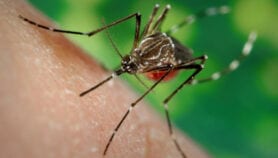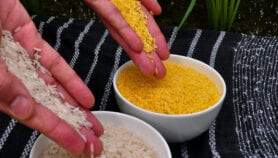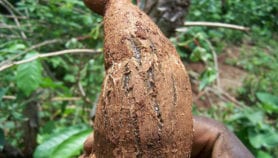By: Hepeng Jia
Send to a friend
The details you provide on this page will not be used to send unsolicited email, and will not be sold to a 3rd party. See privacy policy.
Chinese researchers say they have developed genetically modified (GM) cotton that yields up to 25 per cent more than current GM varieties.
The new variety was announced last week (19 September) when the Chinese Academy of Agricultural Sciences (CAAS) revealed in a press release that the research had passed a key Ministry of Agriculture evaluation late last month.
Guo Sandui, who led the research, told SciDev.Net that he expects the ministry to approve sales of the new variety within one year. He adds that his research team is applying to patent their new invention and will publish the relevant papers soon.
The GM plants contain a bacterial gene called Bt, which produces a chemical that kills bollworms — major insect pests that feed on cotton.
Guo says the new strain is unusual, as although existing varieties Bt cottons kill bollworms, they do not improve outputs significantly.
He says this is because, until now, researchers had not identified the genes needed to restore the fertility that is usually lost while developing hybrid varieties of cotton.
Guo claims that his team has found such ‘restoration genes’. The researchers then crossed plants with the genes with other breeds of cotton to develop their hybrid GM variety.
The CAAS news release said that if Guo’s new variety were planted on all Chinese land now growing GM cotton, farmers could earn an extra US$1.2 billion a year.
China first commercialised GM cotton in 1997, and two main varieties are being grown there — one developed by US biotech company Monsanto and a Chinese variety developed by Guo’s team.
By 2004, more than 3.3 million hectares in China were planted with GM cotton. That represents not only more than half of China’s total cotton fields, but also five per cent of the global area planted with GM crops, according to a 2005 report by the International Service for the Acquisition of Agri-biotech Applications.
Xue Dayuan, a GM safety scientist at Nanjing Institute of Environmental Sciences, fears that bollworms could develop resistance to the Bt gene, which has been used now in Chinese cotton for eight years.
But Guo says that because Chinese farmers always rotate cotton with — and grow cotton alongside — other, non-GM, crops, the insects have a natural refuge nearby, and are thus unlikely to develop resistance.












